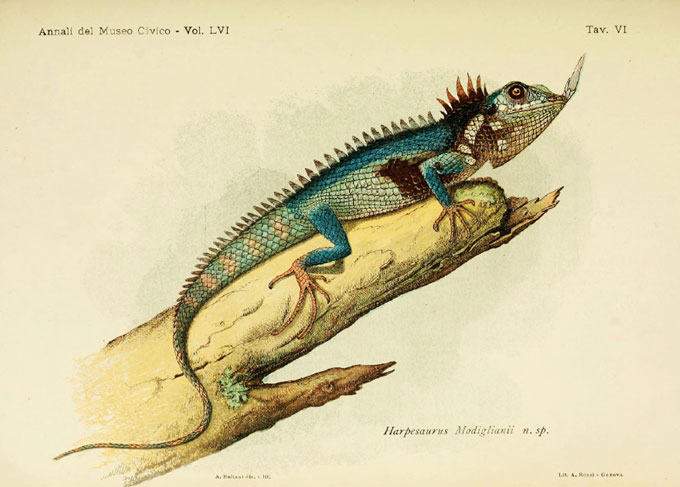FrKadash
Justified & Ancient
- Joined
- Jul 1, 2012
- Messages
- 2,069
'Extinct' tree frog rediscovered in India after 137 years
An extraordinary tree frog thought to have died out more than a century ago has been rediscovered in India.
- 5 hours ago
- From the section India
The discovery was made by renowned Indian biologist Sathyabhama Das Biju and a team of scientists, in the jungles of north-eastern India.
It is hoped the frogs might now be found across a wide area, from China to Thailand.
Studies of the frog have also led scientists to reclassify it as an entirely new genus.
http://www.bbc.com/news/world-asia-...social&ns_campaign=bbcnews&ns_source=facebook


